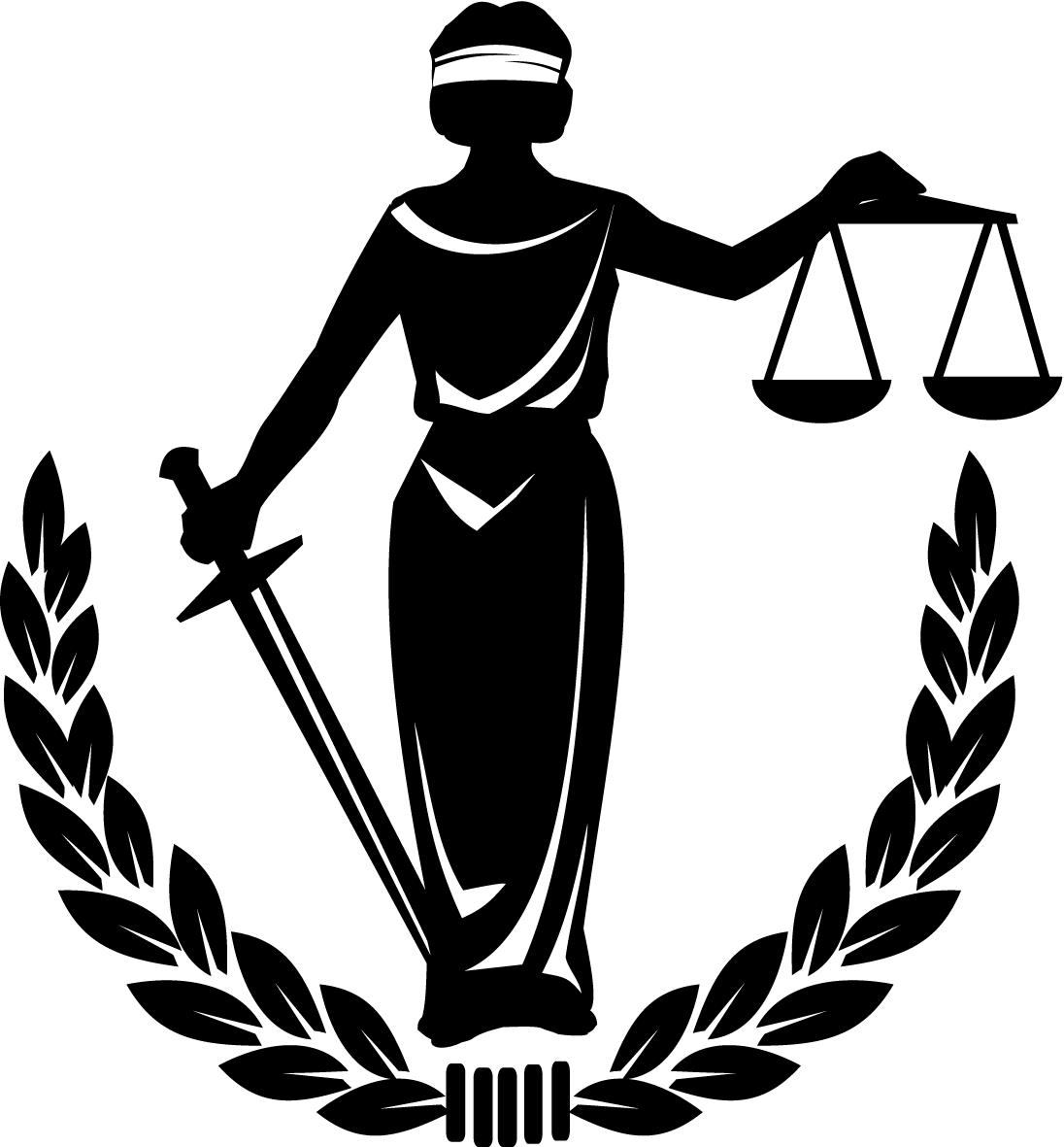It is said that a picture says 1,000 words. Indeed, an image can be the most effective way to communicate a message. But what happens when the pictures used expose a reality that many are uncomfortable facing? This article provides an overview of demonstrators’ constitutional rights to communicate their message by using authentic but disturbing images depicting animal suffering.
Section 2(b) Freedom of Expression
Section 2(b) of the Charter of Rights and Freedoms (the “Charter”) recognizes that everyone in Canada has the fundamental “freedom of thought, belief, opinion and expression, including freedom of the press and other media of communication”. This freedom, however, is far from absolute. Specifically, it is limited by section 1 of the Charter which clarifies that the rights and freedoms set out in the Charter are “subject only to such reasonable limits prescribed by law as can be demonstrably justified in a free and democratic society.”
Section 2(b) has been the subject of considerable judicial treatment over the years. The content and the nature of section 2(b) protection was canvassed by the Supreme Court of Canada (“SCC”) in Irwin Toy. [1] A claim under section 2(b) requires the court to answer the following questions:
(1) Does the applicant’s conduct or statement have expressive content? i.e. does the expressive activity convey or attempt to convey meaning?
(2) If so, does the method or location of this expression remove that protection?
(3) If the expression is protected by section 2(b), does the government action or legislation infringe that protection, either in purpose or effect? [2]
The SCC has identified the purposes underlying the constitutional protection of free expression as:
(1) Seeking and attaining the truth;
(2) Participation in social and political decision-making; and,
(3) The encouragement of diversity in forms of individual self-fulfillment and human flourishing. [3]
In 2005 the SCC revisited section 2(b) in Montréal (City), clarifying its relation to public property. In this case, the club’s amplification into the streets, of music and commentary which accompanied the show inside the club, was held to fall within the protected sphere of section 2(b). Such amplification was found to have expressive content, with the purpose of furthering individual self-fulfillment and human flourishing. Ultimately, however, the constitutionality of the by-law which brought the matter before the Court was upheld under section 1. [4] The Court was sympathetic to the City’s limited options to protect the environment from noise pollution. Before laying the issue to rest, the SCC clarified the appropriate approach in regards to the application of section 2(b) to public property, re-scoping its previous decision in Committee for the Commonwealth of Canada. [5] The revised test asks:
whether the place is a public place where one would expect constitutional protection for free expression on the basis that expression in that place does not conflict with the purposes which section 2(b) is intended to serve, namely (1) democratic disclosure, (2) truth finding and (3) self-fulfillment. To answer this question, the following factors should be considered: (a) the historical or actual function of the place; (2) whether other aspects of the place suggest that expression within it would undermine the values underlying free expression. [6]
The Court suggests that if the public place at issue has been historically used as a place for public discourse, this will be an indicator that the location is consistent with the purposes of section 2(b). [7]
Section 2(b) Application to the Public Display of Images Depicting Animal Cruelty
Publicly displaying images of animal cruelty, for the purpose of exposing the truth and educating the public on the reality of many human interactions with animals, arguably has expressive content and conveys or attempts to convey meaning. The next question to ask is whether or not this form of expression is excluded from protection because of the nature of the images, keeping in mind that violent forms of expression are not protected by 2(b) but violent content is.
In R v Keegstra, the SCC held that expression manifested in a violent form, such as to fall outside the sphere of protected expression, must relate to “expression communicated directly through physical harm.” [8] The decision in this case supports a very broad interpretation of section 2(b), leaving the infringement of any expressive rights to be justified under section 1.
Consequently, generally speaking, displaying images depicting animal cruelty for the purpose of raising public awareness is protected expression. Choosing to display such images in a place historically used for expression would strengthen the position of the demonstrator.
Written by Zeynep Husrevoglu, BA, LLB – Articling Student
This blog and the contents herein are for informational purposes only and do not constitute legal advice. Readers are advised to seek legal counsel prior to acting on any matter discussed herein.
End Notes:
[1] Irwin Toy v Quebec (Attorney General), [1989] 1 SCR 927 [Irwin Toy].
[2] See Irwin Toy, ibid; Montréal (City) v 2952-1366 Québec Inc, 2005 SCC 62 at para 56 [Montréal (City)].
[3] Irwin Toy, supra note 1 at para 53.
[4] Montréal (City), supra note 2 at para 100. This approach was reaffirmed by the SCC in Greater Vancouver Transportation Authority v Canadian Federation of Students, 2009 SCC 31.
[5] Committee for the Commonwealth of Canada v Canada, [1991] 1 SCR 139.
[6] Montréal (City), supra note 2 at para 74.
[7] Ibid at 75.
[8] R v Keegstra, [1990] 3 SCR 697 at para 37.



